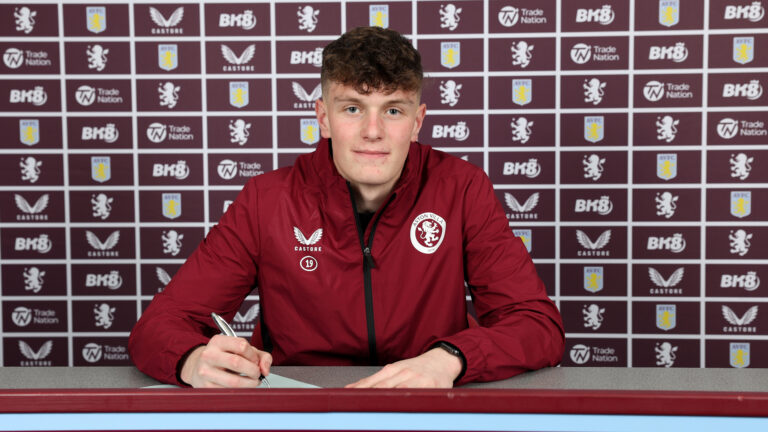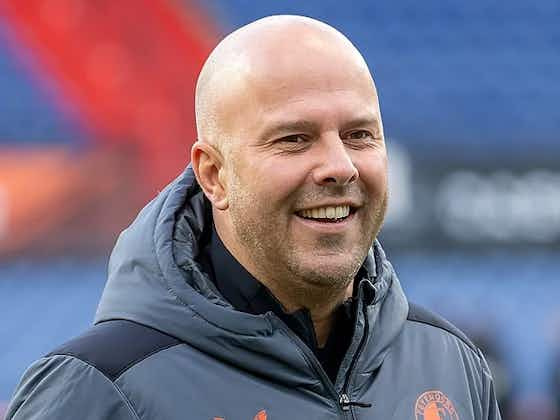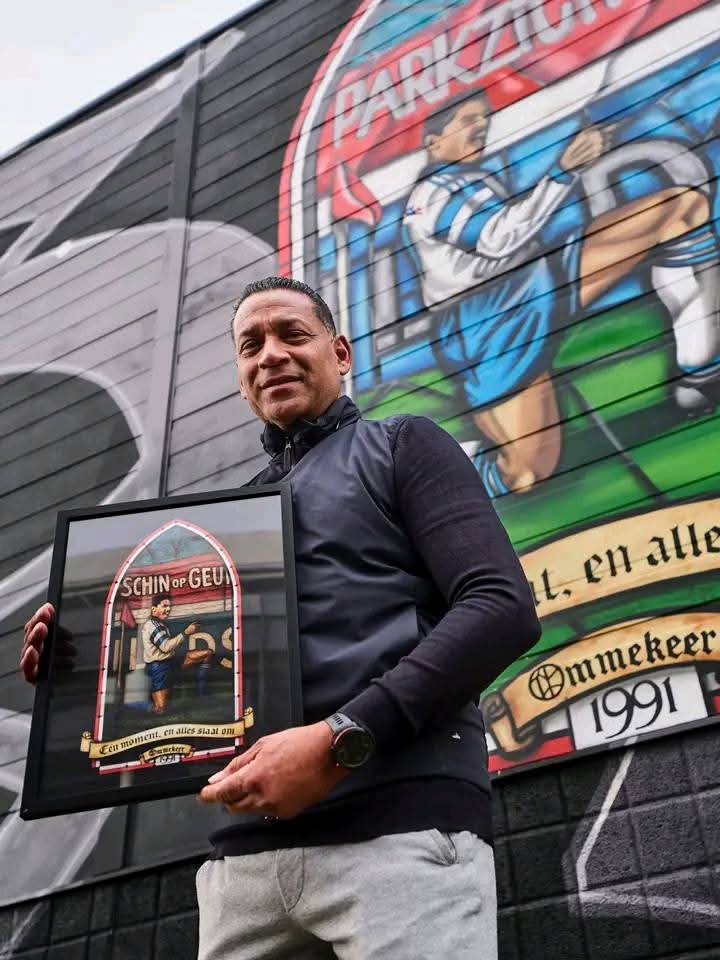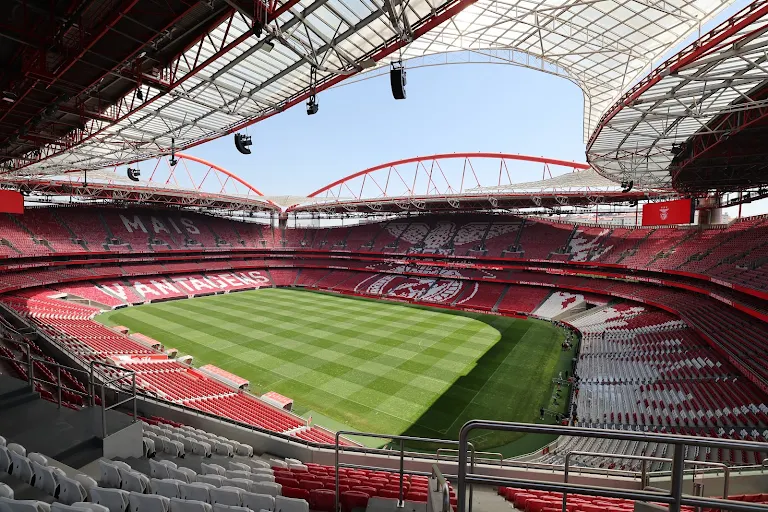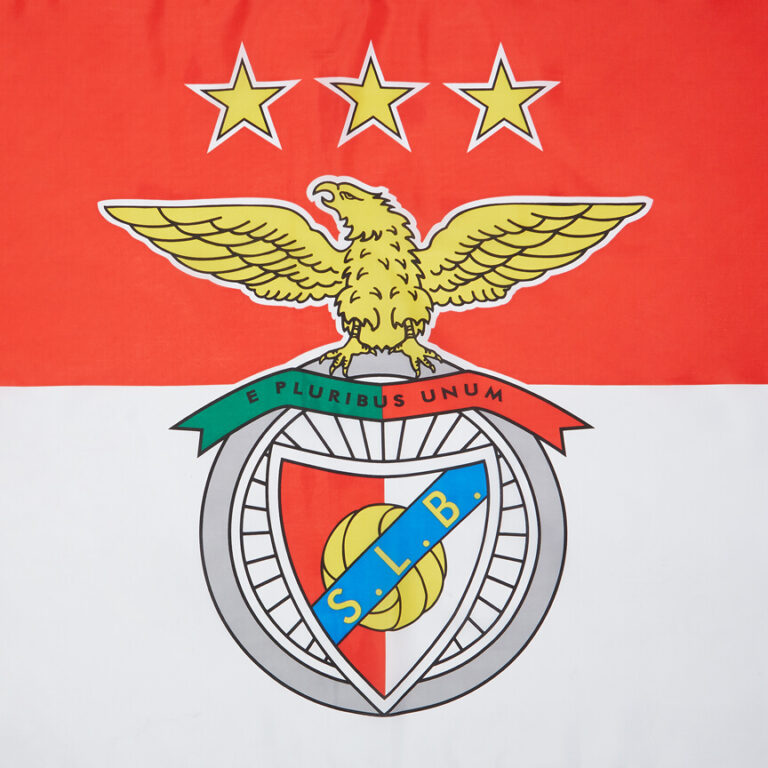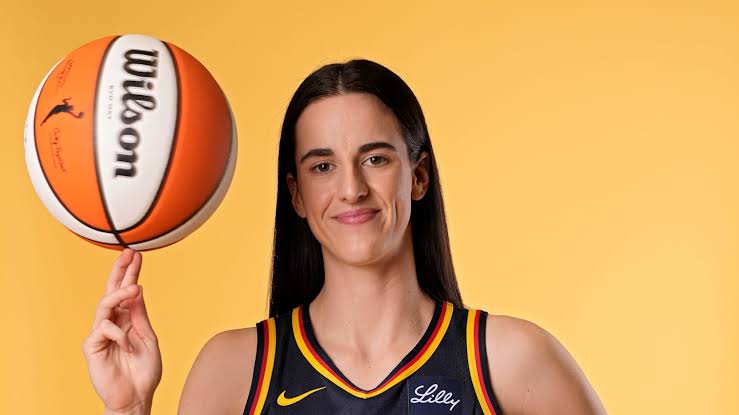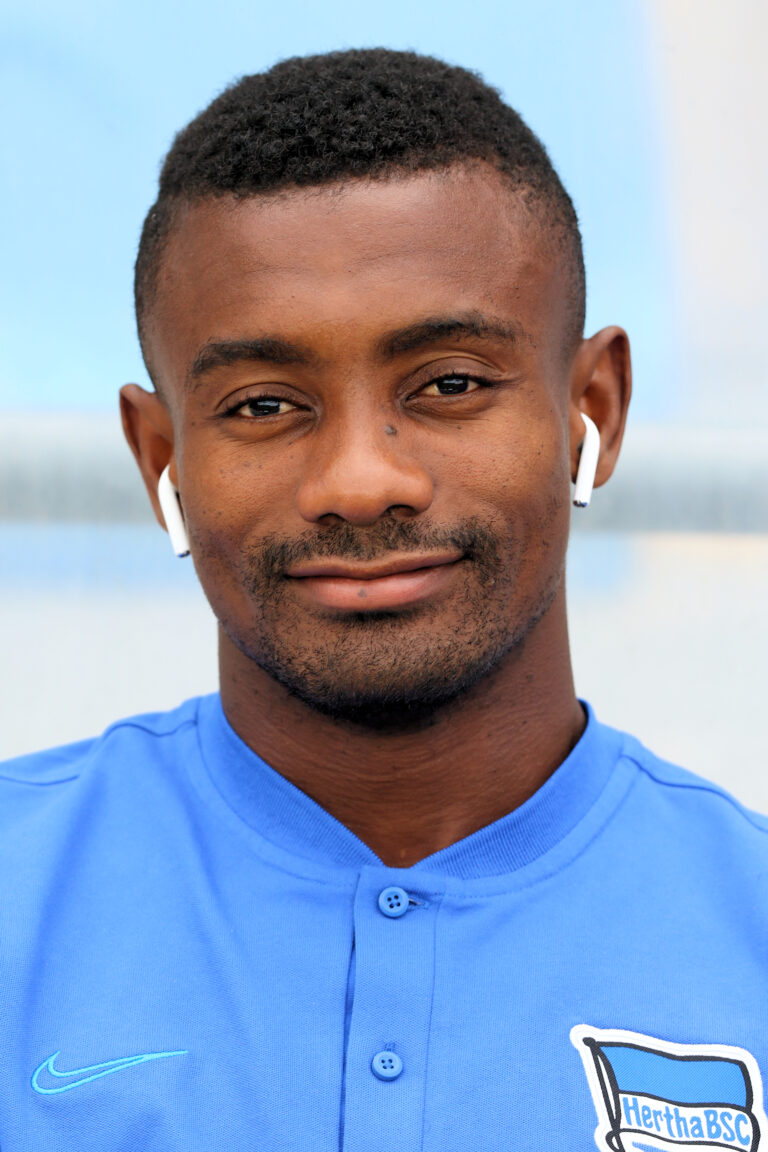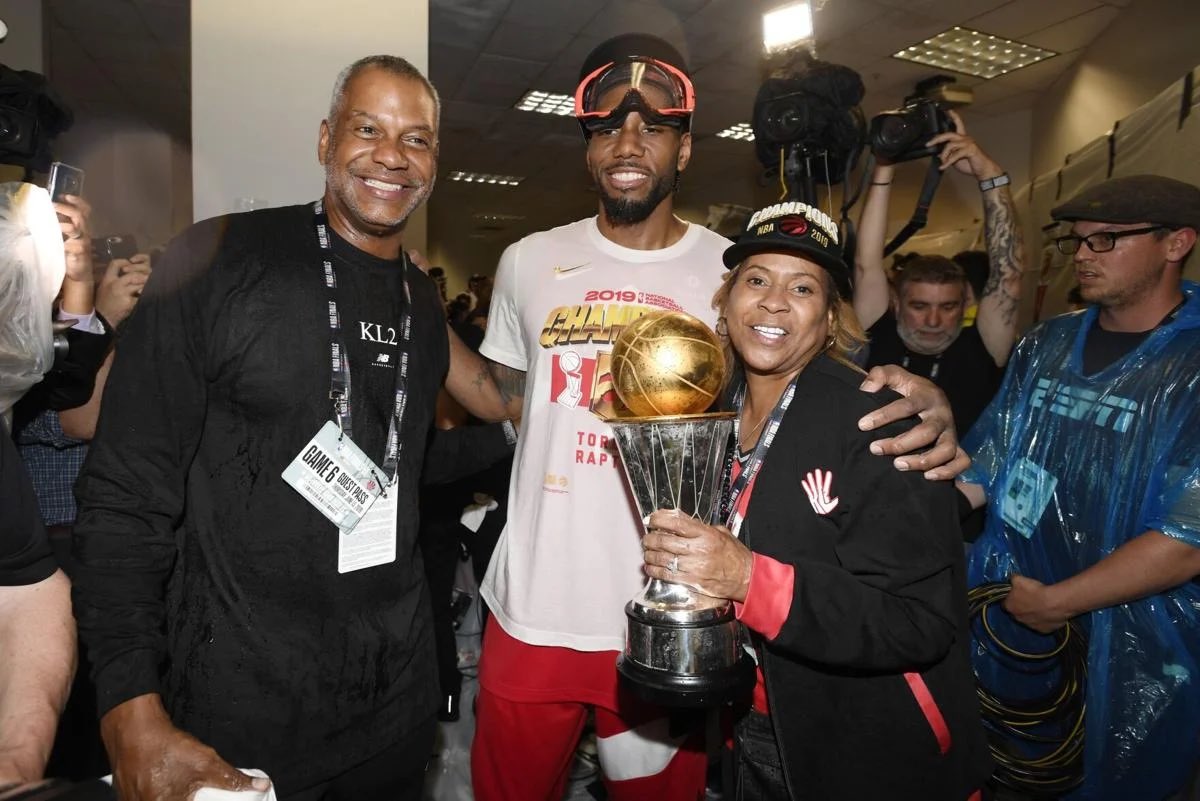
Back in the summer of 2019, the Toronto Raptors found themselves at the center of one of the most high-stakes free agency negotiations in recent NBA history. Fresh off winning the franchise’s first championship, the team’s focus was squarely on convincing Kawhi Leonard to remain in Toronto long term. Leonard, who had just delivered one of the most iconic postseason runs in modern basketball, was the most coveted player on the market, and his camp entered discussions with a series of demands that highlighted both his leverage and his desire to maximize his situation.
Among the reported requests from Leonard’s camp was a trade for All-Star forward Paul George, a move that would have dramatically reshaped the Raptors’ roster and future. The idea of pairing Leonard with George would have instantly created one of the most formidable two-way duos in the league. However, pulling off such a trade would have required Toronto to part with substantial assets, potentially gutting the depth that had been instrumental to their championship run. The request underscored Leonard’s preference to play alongside another elite star while also testing the Raptors’ willingness to mortgage their future for immediate contention.
In addition to roster demands, Leonard’s camp reportedly sought significant financial perks outside of his standard NBA contract. One such demand included an additional $10 million in sponsorship income, with the blunt statement that “we don’t want to do anything,” suggesting a preference for guaranteed money over traditional endorsement work. The request reflected a shift in how star players increasingly viewed their earning potential, leveraging not only their on-court value but also their marketability in negotiations with teams.
Perhaps the most striking demands, however, revolved around ownership stakes. Leonard’s camp reportedly pushed for partial ownership of the Toronto Maple Leafs, one of the NHL’s most valuable franchises and a fellow organization under the Maple Leaf Sports & Entertainment (MLSE) umbrella. They also sought ownership interests in other companies affiliated with MLSE, signaling a bold attempt to expand Leonard’s influence beyond basketball and into the business empire that supports Toronto’s major sports teams. Such requests went well beyond traditional NBA negotiations, where ownership stakes are rarely, if ever, granted to active players due to collective bargaining restrictions and league rules.
For the Raptors, these demands created a complex and delicate situation. On one hand, Leonard had just delivered the greatest season in franchise history, giving Toronto credibility on the global stage and energizing an entire nation of basketball fans. On the other hand, meeting his requests would have required bending or even breaking established norms in the league. The possibility of trading for George was at least feasible, but the financial and ownership-related demands were largely unrealistic within the NBA’s structure.
Ultimately, the Raptors were unable to fulfill Leonard’s requests to his satisfaction, and he chose to sign with the Los Angeles Clippers. In doing so, he not only returned to Southern California, where he had long expressed interest in playing, but also secured the pairing with Paul George after the Clippers orchestrated a blockbuster trade to acquire him from the Oklahoma City Thunder. That move immediately validated the seriousness of Leonard’s demands and demonstrated the power that superstar players hold in shaping roster decisions across the league.
Looking back, the negotiations between Leonard’s camp and the Raptors serve as a case study in the evolving dynamics of NBA free agency. Star players are no longer just athletes but also business moguls, brand icons, and power brokers who can influence not only roster construction but also organizational strategy at large. Leonard’s reported demands may have pushed the boundaries of what teams are willing or even able to provide, but they highlighted the shifting balance of power between franchises and the elite players who define them.
For Toronto, the chapter remains bittersweet. While Leonard’s tenure lasted only one season, it delivered a championship that changed the course of the franchise forever. The missed opportunity to retain him underscores the challenges of small-market or international teams trying to keep superstar talent in the modern NBA. For Leonard, the outcome reaffirmed his ability to dictate terms and land in a situation of his choosing, even if some of his more ambitious requests were left unmet.
Do you want me to also include the NBA’s official stance on ownership demands from active players to make this piece even more complete?
